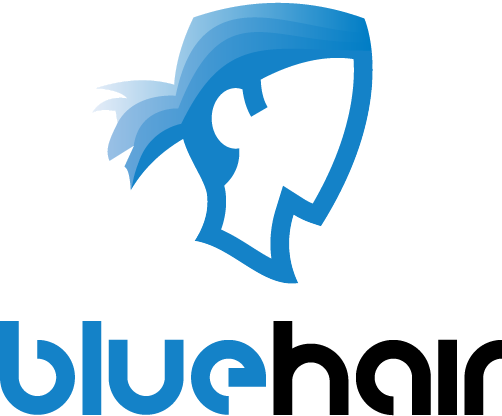Context mapping: A look at the advantages of applying generative tools “in situ”
 Generative tools are an excellent means of acquiring information from your users, but it is sometimes
Generative tools are an excellent means of acquiring information from your users, but it is sometimes
difficult for the participants of your research to get started with them. And although using sensitizing
techniques such as workbooks or disposable cameras are great ways of introducing your participants into the subject at hand, when there is a restriction in time these are not easy or desirable to apply.
In these cases a good way of getting the participants more involved into the subject is by conducting group sessions in the location where the actions are supposed to take place. The surrounding space and objects can trigger the memory of the participants more easily than if they are interviewed in a neutral location, and they get the opportunity to better illustrate their points by re-enacting certain actions in the right place. In situ sessions also have a positive effect in the quality of the generated material via the generative techniques, making this material a valuable source of rich data.
I wrote a paper in which I describe my experience with this approach and it’s advantages and disadvantages.
Here’s the abstract:
“The experiences of the author while using certain Context Mapping techniques are discussed through the example of a practical application. The advantages he found of in situ use of generative techniques and how this practice can be a way of sensitizing the user in order to obtain deeper knowledge into the subject being researched, when other techniques are not possible.”
If you are interested in the subject of context mapping and generative tools, I recommend you take a look at it.
You can download a PDF version of the paper by following the link bellow:
LINK: Context mapping: A look at the advantages of applying generative tools in situ (PDF)



